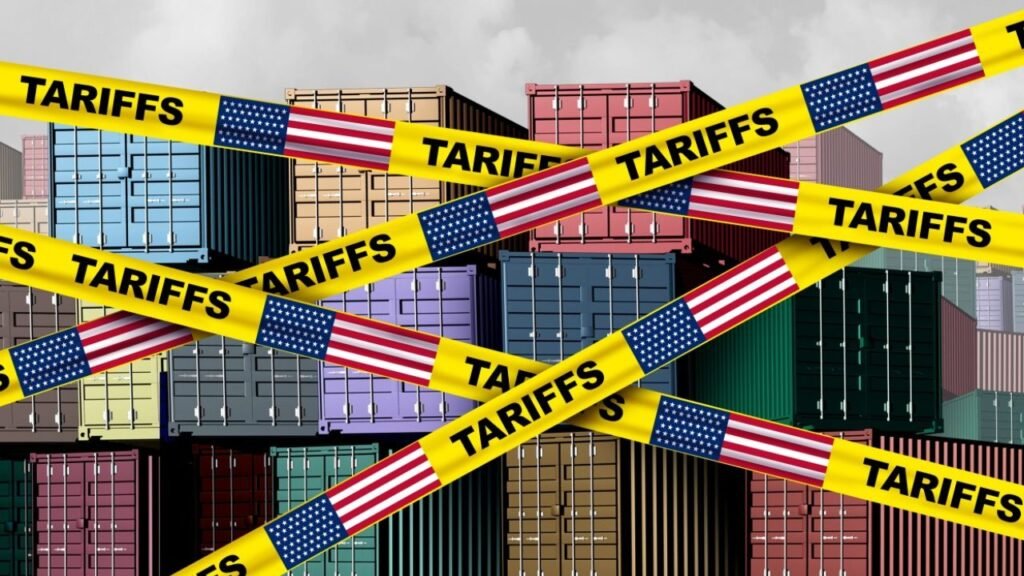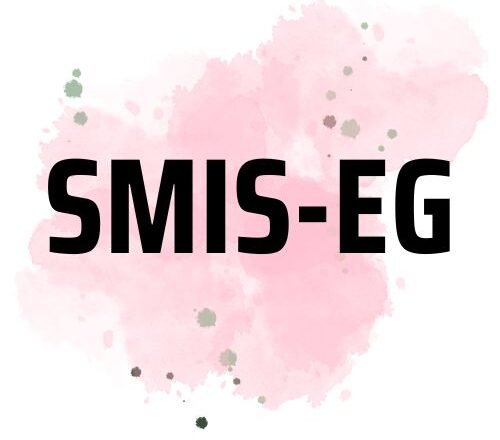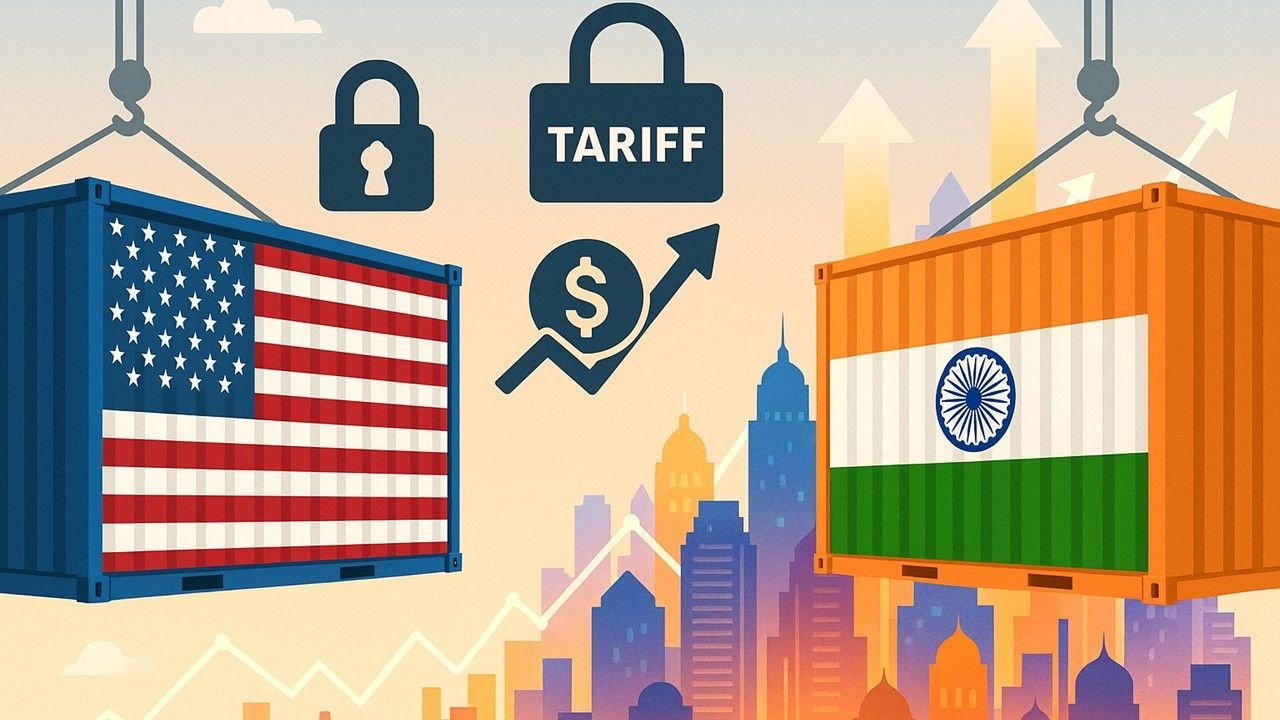A steep escalation in US import duties on Indian goods is set to reshape trade flows in 2025. A 50 percent tariff on Indian merchandise headed to the United States is projected to affect about 65 billion dollars worth of exports, according to a senior government assessment. The shock comes after an initial 25 percent levy that industry could partially absorb, but the doubling of duties materially changes the cost calculus for exporters and buyers alike.
| Key fact | Current status |
|---|---|
| Peak tariff rate on Indian goods | 50 percent |
| Prior interim tariff | 25 percent |
| Indian exports exposed | About 65 billion dollars |
| India goods exported to US in FY25 | 86.51 billion dollars |
| Effective date of 25 percent duty | August 7, 2025 |
| Effective date of 50 percent duty | August 27, 2025 |
| Exemption coverage | About 30 billion dollars, including select pharma, certain electronics such as smartphones, and energy |
| Mitigation under discussion | Bilateral trade agreement talks underway |
Which Sectors Face The Heaviest Impact
Preliminary central government forecasts indicate that labour intensive sectors will bear the brunt. Textiles, gems and jewellery, and marine products are flagged as the most vulnerable because of tighter price margins, intense competition, and high sensitivity to landed cost inflation. These categories are also exposed to second round effects as cost pass through cascades along supply chains and squeezes order books.
Why The Tariff Step Up Matters More Than The First Hike

Policymakers note that some exporters could have managed the initial 25 percent duty through pricing, hedging, or margin sacrifice. The move to 50 percent materially erodes competitiveness, widening the gap against alternate suppliers and import substitution options in the US market. This raises risks of lost market share and deferred orders, especially where buyers can quickly switch sourcing.
Cushioning Measures Under Consideration
Officials acknowledge the need for hand holding to support labour intensive exporters through the transition. Potential steps under evaluation include easing bank credit, facilitating working capital, and targeted support to maintain employment in high impact clusters. The objective is to bridge firms through the near term adjustment while broader trade diplomacy proceeds.
Exemptions Provide Partial Relief But Do Not Eliminate Risk
Roughly 30 billion dollars of Indian shipments currently fall under categories facing lower or zero duties. This includes major lines such as pharmaceuticals, select electronic products such as smartphones, and energy. While these lanes provide a buffer, authorities caution that second and third round effects can still raise indirect costs and offset some of the exemption benefits across the wider export basket.
Timeline And Policy Context
An executive action at the end of July lifted the rate to 25 percent, effective August 7. A subsequent order increased the effective tariff rate to 50 percent, scheduled to take effect on August 27. During the same period, India and the United States have been advancing negotiations on a bilateral trade agreement, with the most recent round held in July. Finance authorities have indicated that about 55 percent of Indian exports would be covered by reciprocal 25 percent duties, with the incremental impact of the additional 25 percent still being assessed.
The Trade Math Behind The 65 Billion Dollar Exposure
India shipped 86.51 billion dollars in goods to the United States in FY25. After accounting for exemptions near 30 billion dollars and varying product level duty structures, the exposed portion approximates 65 billion dollars under the higher tariff regime. Within this, value added, labour intensive segments are expected to feel the most immediate contraction in order volumes and margins.
Spillovers And Second Round Effects To Watch
Tariff pass through can ripple into logistics costs, inventory financing, and supplier payment cycles. Importers may compress order sizes, extend delivery timelines, or renegotiate terms, tightening cash flows for exporters. Ancillary services such as packaging, certification, and freight forwarding can face demand softness tied to lower export volumes.
Pathways To Mitigation And Resilience
Trade negotiators are exploring scope for tariff relief through a bilateral pact, which could lower headline rates or expand exemption lists. At the firm level, recalibrating product mixes toward exempt or lower duty categories, deepening value addition to defend pricing power, and diversifying end markets can help soften the blow. Financial measures that improve liquidity and reduce borrowing costs may also support continuity of operations during the adjustment.
What Exporters Should Prioritize Now
Companies should map product lines to the new duty schedule, stress test order books under 50 percent tariffs, and engage buyers early on shared cost management options. Strengthening compliance, documentation, and lead time reliability can preserve preferred supplier status even in a higher cost environment. Parallel efforts to unlock alternative markets and channels can reduce over concentration risk in the US corridor.
A move from 25 percent to 50 percent duties represents a decisive shock to India’s US bound merchandise trade, with roughly 65 billion dollars in exposure and heightened pressure on textiles, gems and jewellery, and marine products. Exemptions around 30 billion dollars offer partial relief, but second order effects will test margins and cash flows. Policy support and trade diplomacy, combined with firm level adjustments and market diversification, will be essential to navigate the months ahead.

